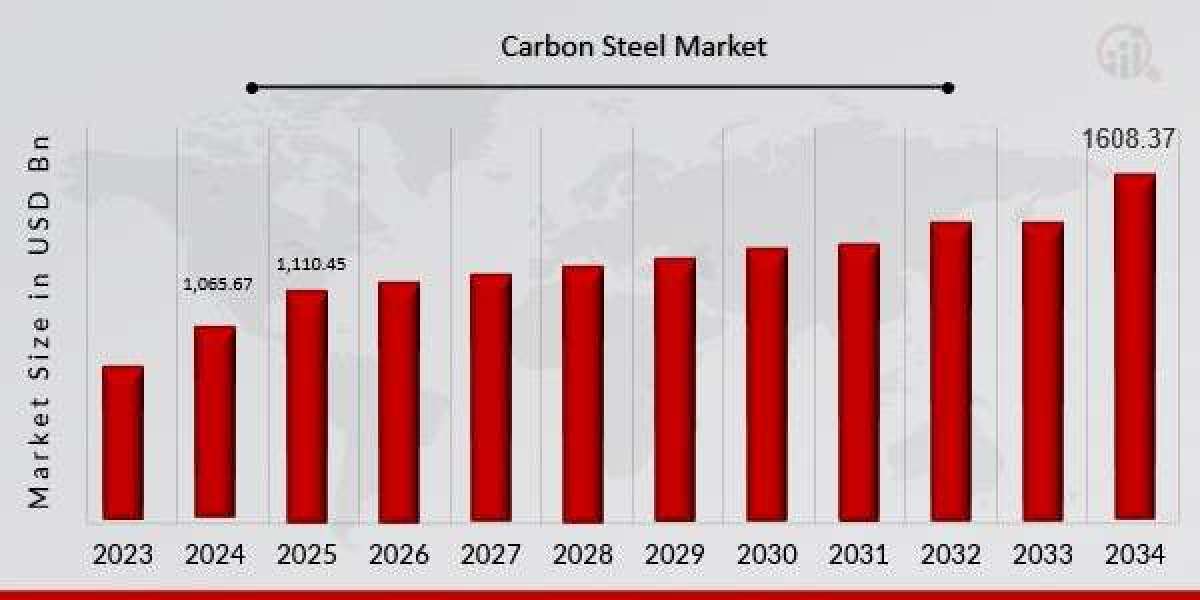The Carbon Steel Market is a crucial segment within the global metals industry, underpinning the development of infrastructure, construction, automotive, and manufacturing sectors. Carbon steel, known for its strength, versatility, and affordability, is an iron-carbon alloy with varying carbon content that directly influences its hardness and mechanical properties. Depending on the proportion of carbon, it is broadly categorized into low-carbon (mild), medium-carbon, and high-carbon steel, each serving distinct applications ranging from structural frameworks to cutting tools and machinery components.
As global industrialization and urbanization continue to accelerate, the demand for carbon steel remains consistently high. It plays a fundamental role in building bridges, pipelines, skyscrapers, and industrial machinery due to its excellent tensile strength and durability. The construction industry, in particular, relies heavily on low-carbon steel for rebar, beams, and girders due to its weldability and resistance to deformation. Similarly, the automotive industry utilizes various grades of carbon steel to manufacture body panels, engine parts, and chassis components that require a balance of strength and formability.
In recent years, the carbon steel market has also benefited from advancements in manufacturing technologies such as electric arc furnaces (EAF) and continuous casting processes, which have improved production efficiency and reduced environmental impact. Additionally, the integration of recycled steel in production is becoming more common, aligning with global sustainability trends and lowering the carbon footprint of steel manufacturing.
Geographically, Asia-Pacific dominates the carbon steel market, driven primarily by rapid industrial growth in China, India, and Southeast Asian countries. China alone accounts for a significant portion of global carbon steel production and consumption, supported by massive infrastructure projects, urban development, and a robust manufacturing sector. In contrast, North America and Europe focus more on value-added carbon steel products, driven by demand in automotive, aerospace, and energy sectors, while also navigating strict environmental regulations and transitioning to greener steel production.
Despite its strengths, the carbon steel market faces challenges, including price volatility of raw materials like iron ore and coking coal, trade restrictions, and environmental concerns. Governments and industry leaders are increasingly investing in research to make carbon steel production cleaner and more energy-efficient, while also exploring alternatives such as low-carbon or carbon-neutral steel processes using hydrogen or renewable energy sources.



